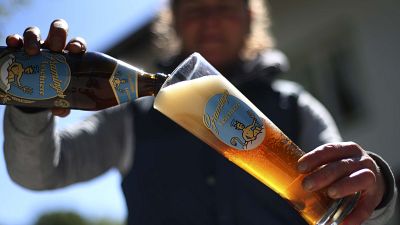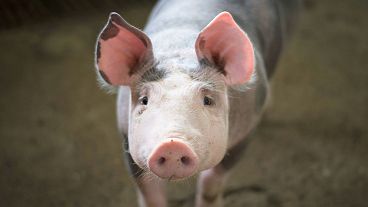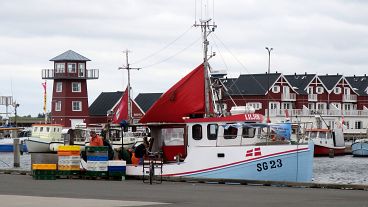Did you know beer can be used to generate electricity?
Millions of litres of beer have been lying stale in Australia’s pubs and clubs amid the coronavirus pandemic. But, rather than let it all go to waste, the expired beer is being converted into renewable energy to help power a wastewater treatment plant.
Turning beer into energy isn’t as complicated as you might think. The beer biodegrades under high temperatures in large digester tanks, using natural bacterial processes which release biogas. This biogas, in turn, generates electricity.
At SA Water’s Glenelg Wastewater Treatment Plant, just west of Adelaide, the beer is combined with another type of waste, sewage sludge. Together, the blend creates a strong biogas which is used to power the whole facility.
The wastewater plant has been re-purposing 150,000 litres of expired beer every week - enough to power 1,200 houses in total. As a result, the plant has seen renewable energy generation boosted to 654 megawatt hours in a single month.
“Glenelg’s co-digestion program adds high strength organic waste from industry to sludge from the sewage treatment process,” explains SA Water Senior Manager Lisa Hannant.
She describes the donated beer as “liquid gold”, confirming that the process has fuelled record energy generation at the wastewater facility.
“Harnessing the power of biogas through our on-site gas engines creates renewable energy for the treatment plant and a sustainable alternative for industrial waste that’s otherwise difficult to dispose of and treat," says Hannant.
Using beer to create renewable energy is just one example of the adaptive measures industries have had to take amid COVID-19 restrictions.
“The industry has remained resilient,” Hannant concludes, “and adapted to ensure their resources aren’t wasted, while enabling an outcome for the environment.”



